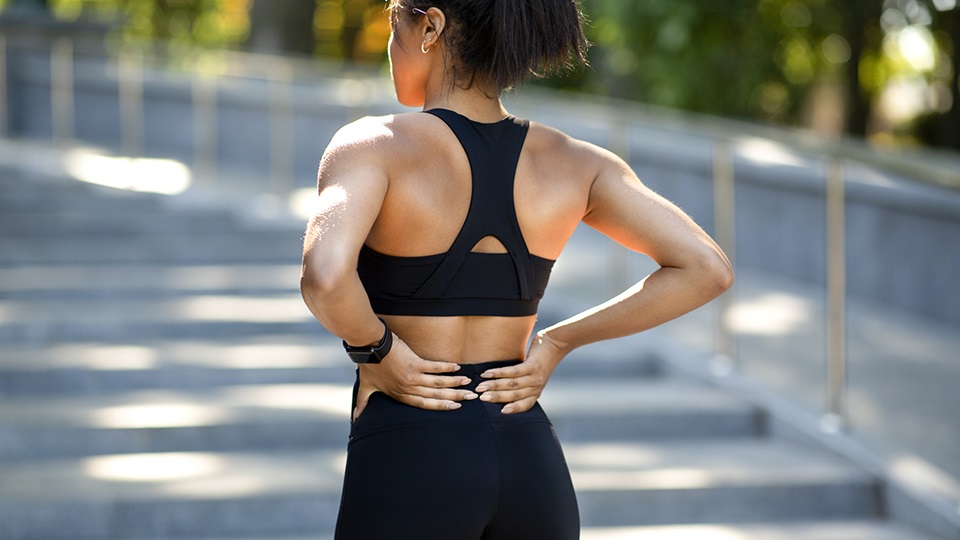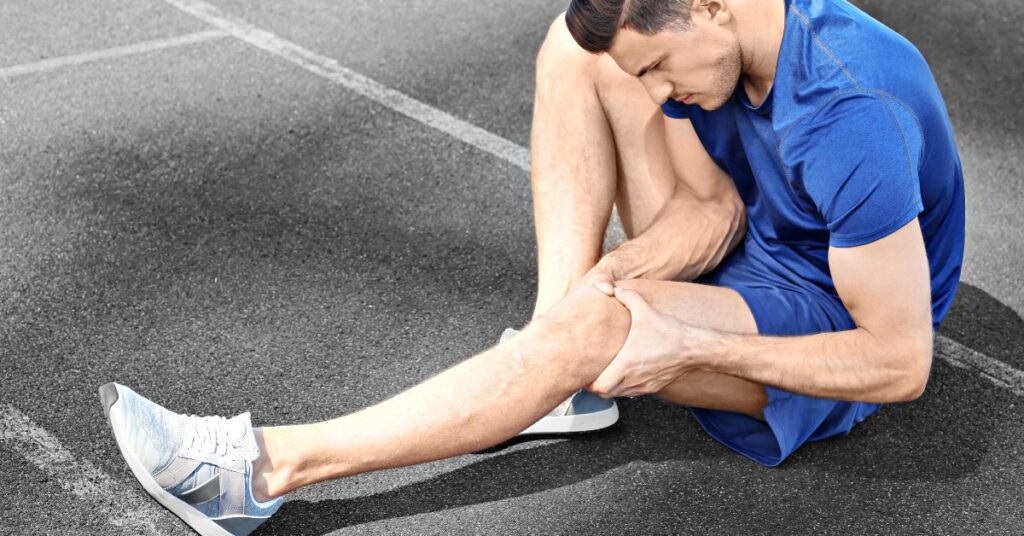Are you tired of dealing with muscle soreness after every workout? We’ve all been there. That dull ache and tightness in your muscles can make it difficult to move and can even discourage you from continuing your fitness journey. But fear not! Today, we’ll share some effective tips and techniques to help you relieve muscle soreness and get back to your workouts feeling refreshed and rejuvenated.

Contents
How To Relieve Muscle Soreness After Exercise?
When it comes to relieving muscle soreness after exercise, there are several effective strategies you can incorporate into your routine. By following these tips, you’ll be able to recover faster and reduce the discomfort associated with muscle soreness.
1. Gentle Stretching:
One of the simplest and most effective ways to alleviate muscle soreness is through gentle stretching. By engaging in light stretching exercises after your workout, you can help improve blood flow to your muscles and reduce muscle stiffness. Focus on targeting the muscles you worked during your exercise session, and hold each stretch for about 30 seconds.
2. Muscle Massage:
Another effective technique to relieve muscle soreness is through muscle massage. This can help increase blood circulation and reduce muscle tension. You can use your hands or a foam roller to apply gentle pressure to the sore areas. Remember to start with light pressure and gradually increase it if it feels comfortable.
3. Rest:
Rest is crucial for muscle recovery. Allow your muscles time to repair and heal by incorporating rest days into your workout routine. Taking breaks between intense workouts can significantly reduce the risk of muscle soreness. Listen to your body and give it the rest it needs.
4. Ice and Heat:
Using ice and heat can provide relief from muscle soreness. Apply an ice pack to the affected area for about 15-20 minutes to reduce inflammation. After the first 48 hours, you can switch to heat therapy to promote blood flow and relax the muscles. Consider taking a warm bath or shower as a simple yet effective way to apply heat to your muscles.
5. Over-the-counter Pain Medication:
Over-the-counter pain medication, such as nonsteroidal anti-inflammatory drugs (NSAIDs) like ibuprofen (Advil), can help alleviate muscle soreness. Consult with a healthcare professional to determine the appropriate dosage and frequency for your needs.
What causes sore muscles after a workout?
Here are some key factors that contribute to muscle soreness after a workout:

1. Microscopic tears in muscle fibers and connective tissues:
When you engage in physical activity, particularly if it involves new or intense movements, microscopic tears can occur in your muscle fibers and the surrounding connective tissues. These tears are a natural part of the muscle adaptation process, as your body repairs and rebuilds these tissues to become stronger. However, these tears can also result in muscle soreness, especially in the day or two following your workout.
2. Inflammatory response to muscle injury:
Contrary to popular belief, the soreness you experience after a workout is not solely due to these microtears. Sports scientists now believe that inflammation plays a significant role in muscle soreness. When muscles are injured, an inflammatory response occurs, leading to the accumulation of fluids inside and around the muscles. The pressure from this fluid can activate cells in the muscles, resulting in the sensation of soreness.
3. Metabolite buildup during high-intensity exercise:
During vigorous exercise, such as high-intensity interval training or weightlifting, metabolites can accumulate within your muscles. These metabolites, such as lactic acid, contribute to the burning sensation and discomfort commonly associated with acute muscle soreness. However, this type of soreness tends to resolve relatively quickly.
How to Prevent Sore Muscles When You Exercise?
Here are a few tips to consider:

- Warm-Up Properly: Before diving into your workout, be sure to warm up your muscles. This can help increase blood flow and loosen up your joints, preparing your body for the upcoming exercise. Dynamic stretches, such as leg swings or arm circles, are great options for warming up.
- Gradually Increase Intensity: It’s important to gradually increase the intensity of your workouts over time. Pushing yourself too hard too quickly can lead to excessive muscle strain and soreness. Start with lighter weights and shorter durations, and gradually progress as your strength and endurance improve.
- Stay Hydrated: Dehydration can contribute to muscle cramps and soreness. Make sure to drink plenty of water before, during, and after your workout. It’s especially important to stay hydrated during intense or prolonged exercise sessions.
- Proper Form and Technique: Using proper form and technique during exercise can significantly reduce the risk of muscle soreness. Incorrect form can put unnecessary stress on your muscles and joints, increasing the likelihood of discomfort. If you’re unsure about the proper form for a particular exercise, consider working with a qualified fitness professional.
- Allow for Adequate Rest and Recovery: Giving your muscles enough time to recover is essential for preventing soreness. Incorporate rest days into your exercise routine to allow your body to repair and rebuild muscle tissue. Aiming for 48 hours of rest between intense workouts can help minimize muscle soreness.
Frequently Asked Questions
How many rest days a week?
Most people should aim for 1 to 3 rest days per week. Use these days to do light exercise and improve mobility. Listen to your body and take a rest day when feeling depleted or experiencing unusual aches and pains.
How sore is too sore after a workout?
Muscle soreness is normal if it occurs between 24-72 hours after a workout and doesn’t hinder daily activities. If it lasts longer or prevents normal functioning, it could indicate significant damage.
How many days a week should I workout?
Generally, aim to exercise five days per week with a combination of cardio and strength training exercises. The specific number of workout days may vary based on time availability and fitness level.

Hello, I’m Ravindra. Over the years, I’ve immersed myself deeply into the world of fitness and health, transforming both my body and mind. Writing has allowed me to share my journey, insights, and expertise with those just starting out and seasoned fitness enthusiasts alike. Beyond just routines and diets, I believe in inspiring others to adopt a holistic approach to well-being.
